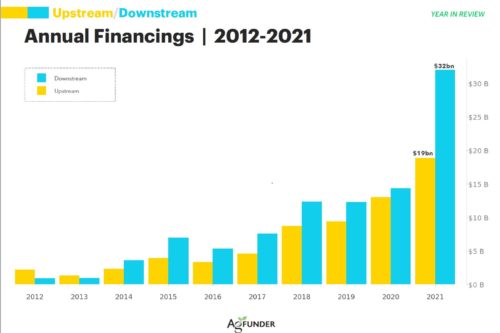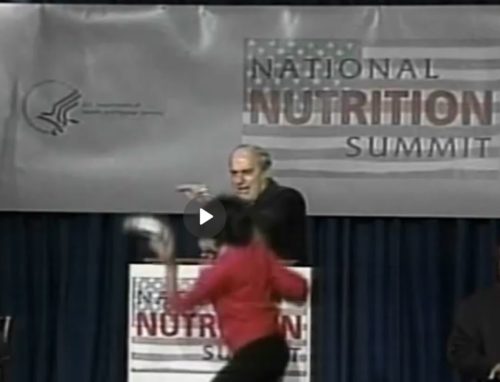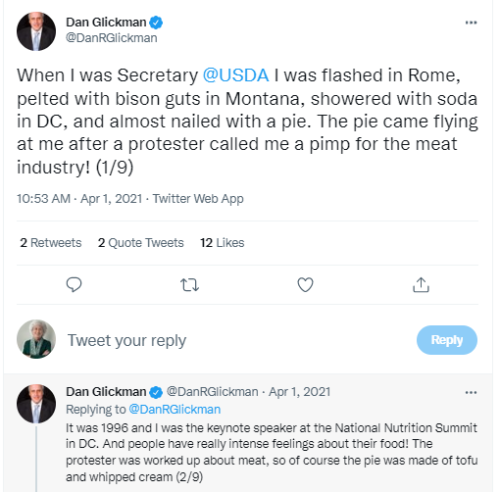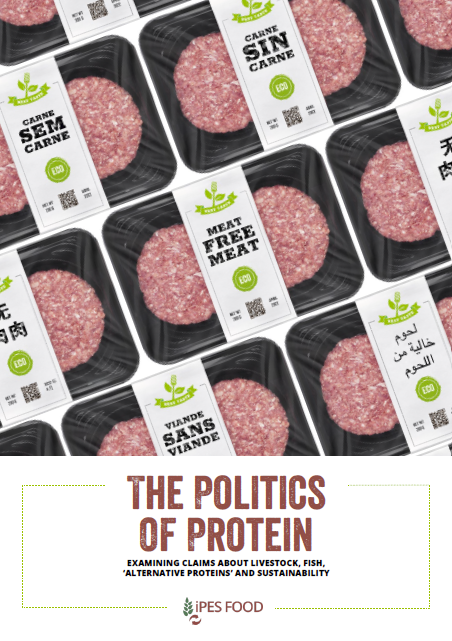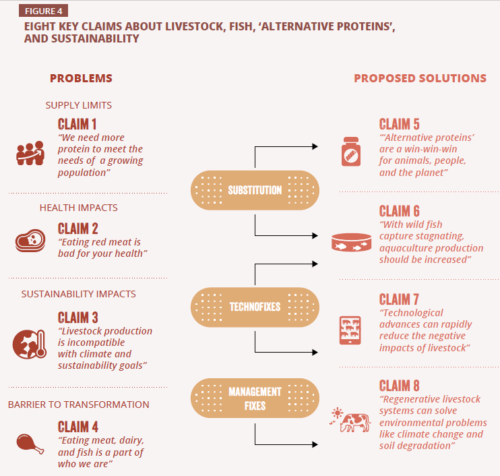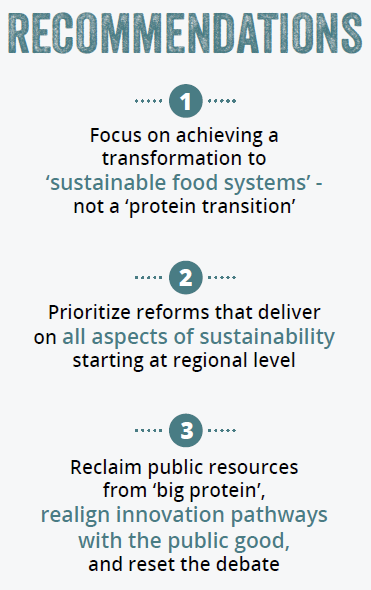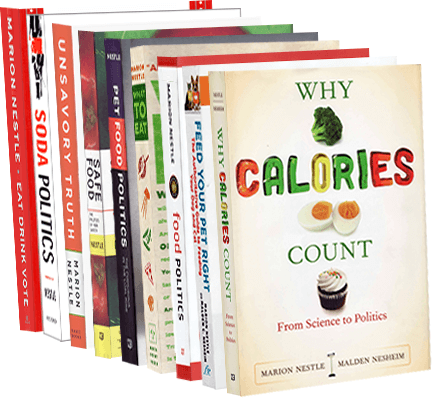Thanks to a reader in Israel, Yehuda Ben-Hur, for sending this one.
The study: The effect of a high-polyphenol Mediterranean diet (Green-MED) combined with physical activity on age-related brain atrophy: the Dietary Intervention Randomized Controlled Trial Polyphenols Unprocessed Study (DIRECT PLUS) . Alon Kaplan, Hila Zelicha, Anat Yaskolka Meir, Ehud Rinott, Gal Tsaban, Gidon Levakov, Ofer Prager, Moti Salti, Yoram Yovell, Jonathan Ofer, Sebastian Huhn, Frauke Beyer, Veronica Witte, Arno Villringer, Nachshon Meiran, Tamar B Emesh, Peter Kovacs, Martin von Bergen, Uta Ceglarek, Matthias Blüher, Michael Stumvoll, Frank B Hu, Meir J Stampfer, Alon Friedman, Ilan Shelef, Galia Avidan, Iris Shai. The American Journal of Clinical Nutrition, nqac001, https://doi.org/10.1093/ajcn/nqac001 Published: 11 January 2022.
Objectives: We aimed to explore the effect of a Mediterranean diet (MED) higher in polyphenols and lower in red/processed meat (Green-MED diet) on age-related brain atrophy.
Methods: Abdominally obese participants were randomly assigned to follow one of three diets: (1) healthy dietary guidelines (HDG), (2) MED, or (3) Green-MED diet. The two MED groups consumed 28 g walnuts/d. The Green-MED group consumed green tea , mankai (100 g frozen cubes/d as a green shake). After 18 months, participants got MRI scans.
Results: Indicators of brain atrophy were attenuated in both MED groups, with the best outcomes among Green-MED diet participants. Therefore, greater Mankai, green tea, and walnut intake and less red and processed meat were significantly and independently associated with reduced atrophy decline .
Conclusions: A Green-MED (high-polyphenol) diet, rich in Mankai, green tea, and walnuts and low in red/processed meat, is potentially neuroprotective for age-related brain atrophy.
Funding: Supported by German Research Foundation, Israel Ministry of Health, Israel Ministry of Science and Technology, and the California Walnut Commission (to I Shai, the senior author). “None of the funding providers were involved in any stage of the design, conduct, or analysis of the study, and they had no access to the study results before publication.”
Comment: I hardly know what to make of this study, which involves so many variables: mankai, (duckweed, supposedly a polyphenol-rich “supergreen”), green tea, walnuts, and low red/processed meat. The MED groups were instructed to consume a calorie-restricted Mediterranean diet “rich in vegetables, with poultry and fish partly replacing beef and lamb.” Physical activity instructions (and gym memberships) as well nutrition counseling was also part of this mix.
My questions:
- Why not test the Mediterranean diet on its own without all those polyphenol additives?
- Why walnuts as opposed to any other polyphenol-containing food? Could sponsorship have anything to do with this choice?
- Why Mankai, which is traditionally a component of Asian diets, not Mediterranean? Why are Israeli scientists so interested in this plant?
- Don’t classic Mediterranean diets provide enough polyphenols to be protective against brain atrophy?
I will be intersted to see further studies along these lines.
